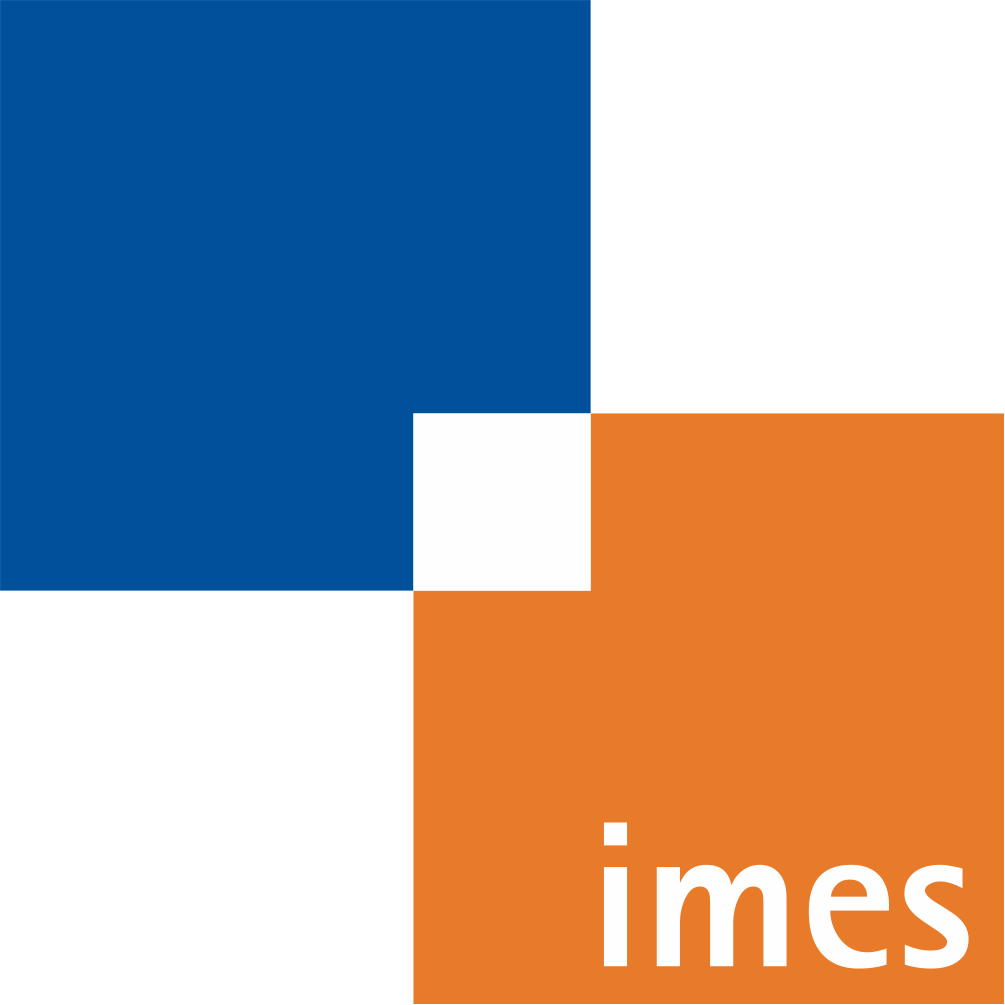Endoscopic vs. volumetric OCT imaging of mastoid bone structure for pose estimation in minimally invasive cochlear implant surgery
- verfasst von
- Max-Heinrich Viktor Laves, Sarah Latus, Jan Niklas Bergmeier, Tobias Ortmaier, Lüder Alexander Kahrs, Alexander Schlaefer
- Abstract
Purpose: The facial recess is a delicate structure that must be protected inminimally invasive cochlear implant surgery. Current research estimates thedrill trajectory by using endoscopy of the unique mastoid patterns. However,missing depth information limits available features for a registration topreoperative CT data. Therefore, this paper evaluates OCT for enhanced imagingof drill holes in mastoid bone and compares OCT data to original endoscopicimages. Methods: A catheter-based OCT probe is inserted into a drill trajectory of amastoid phantom in a translation-rotation manner to acquire the inner surfacestate. The images are undistorted and stitched to create volumentric data ofthe drill hole. The mastoid cell pattern is segmented automatically andcompared to ground truth. Results: The mastoid pattern segmented on images acquired with OCT show asimilarity of J = 73.6 % to ground truth based on endoscopic images andmeasured with the Jaccard metric. Leveraged by additional depth information,automated segmentation tends to be more robust and fail-safe compared toendoscopic images. Conclusion: The feasibility of using a clinically approved OCT probe forimaging the drill hole in cochlear implantation is shown. The resultingvolumentric images provide additional information on the shape of caveties inthe bone structure, which will be useful for image-to-patient registration andto estimate the drill trajectory. This will be another step towards safeminimally invasive cochlear implantation.
- Organisationseinheit(en)
-
Institut für Mechatronische Systeme
- Typ
- Preprint
- Anzahl der Seiten
- 6
- Publikationsdatum
- 2019
- Publikationsstatus
- Elektronisch veröffentlicht (E-Pub)
- Elektronische Version(en)
-
https://doi.org/10.48550/arXiv.1901.06490 (Zugang:
Offen)
